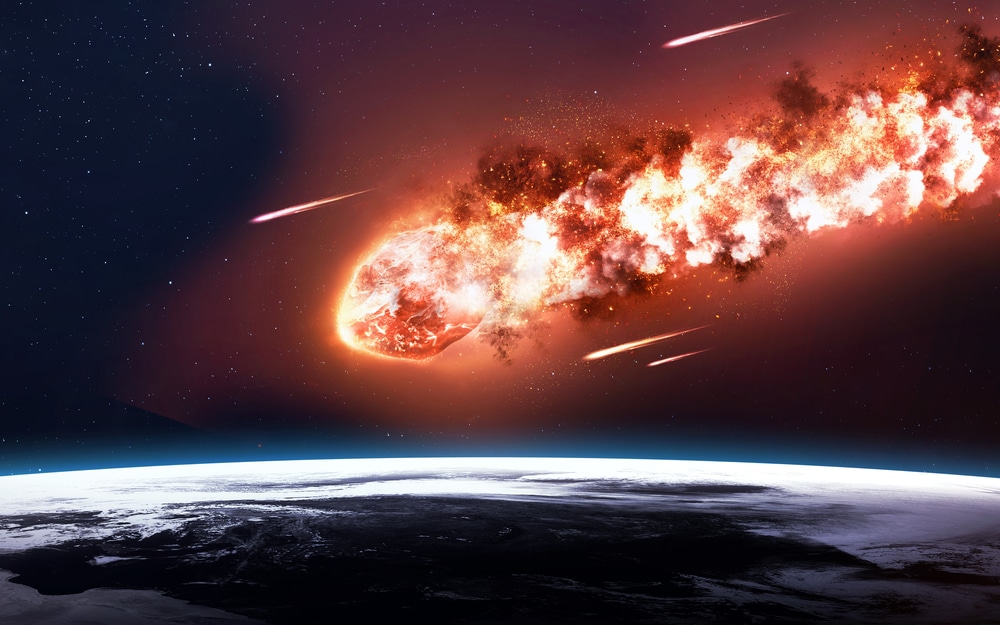Last year, the monstrous Bernardinelli-Bernstein comet (also known as C/2014 UN271) was discovered by the eponymous University of Pennsylvania astronomers Gary Bernstein and Pedro Bernardinelli.
The pair called it the “nearly spherical cow of comets” in their paper about the discovery, but it wasn’t long until the world dubbed it the “megacomet” for being an absolute unit of a space object. While the megacomet fell out of the main space news spotlight, NASA astronomers set the the Hubble Space Telescope’s sights on the object in the months since—and discovered how truly immense it is.
A new paper published in The Astrophysical Journal Letters on Tuesday confirmed that Bernardinelli-Bernstein had a nucleus—the icy core at the center of all comets—that’s more than 80 miles wide. That’s roughly 50 times larger than other comets and the largest ever observed.
“This comet is literally the tip of the iceberg for many thousands of comets that are too faint to see in the more distant parts of the solar system,” David Jewitt, a professor of planetary science and astronomy at the UCLA and co-author of the study, said in a NASA press release.
“We’ve always suspected this comet had to be big because it is so bright at such a large distance. Now we confirm it is.” While the comet is currently less than two billion miles away from the Sun and heading towards Earth, thankfully NASA reassures that it poses no threat to us. ‘It will never get closer than 1 billion miles away from the Sun, which is slightly farther than the distance of the planet Saturn. And that won’t be until the year 2031,’ NASA said.
At 80 miles across, the nucleus is larger than the state of Rhode Island, and almost as wide as Wales. And with an estimated mass of 500 trillion tonnes, Bernardinelli-Bernstein is around 100,000 times more massive than typical comets found much closer to the sun.
‘This comet is literally the tip of the iceberg for many thousands of comets that are too faint to see in the more distant parts of the solar system,’ said Professor David Jewitt, co-author of the study. ‘We’ve always suspected this comet had to be big because it is so bright at such a large distance. Now we confirm it is.’








